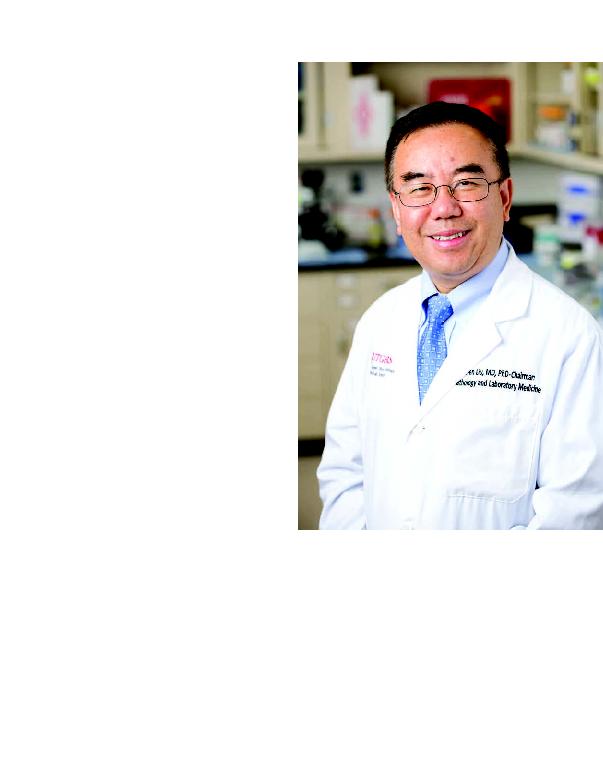
that subspecialty, it's more feasible to recruit patients for
those trials," Dr. Dhib-Jalbut explains.
they were able to retain a faculty member within Rutgers who
had decided to relocate, by offering him the opportunity to
work at the sister school.
sonally, that means several hours of commuting a week.
Another issue is coordinating meetings and avoiding scheduling
conflicts--but the deans have helped to minimize such con-
flicts.
directors is more realistic, in my view."
patient care and clinical research across the state. "Ultimately,
this is about connecting people, services, and missions in a
cost-effective manner," he says. "Broadening opportunities
for trainees, developing different types of thinking that ulti-
mately benefits patients--all of which are advantages."
backed by investment and resources that incentivize collabora-
tive initiatives. Whether the whole will be greater than the sum
of its parts will eventually be measured by quantitative outcomes
relevant to the Rutgers Biomedical and Health Sciences mission.
Pathology and Laboratory Medicine, Robert Wood
(right), knows, as we all do, that change is inevitable. And in
health care, change is often rapid and unpredictable. "We
have to convince everyone to embrace change and be proac-
tively thinking about how to build a better system in this new
paradigm," says Dr. Liu. He believes that the dual chair role
he plays can be good for the students he teaches, the patients
he serves, and the profession as a whole.
other. The schools each have a long history and respected legacy.
They have their own way of doing things, along with different
cultures, missions, and even patient populations. "Merging all
of those differences--and getting everyone on the same page--
delivery system and providing better opportunities for education
and research. Dr. Liu admits they will take some time. But they
will eventually become advantages for both institutions.
facing the same dynamic to keep growing," he says. Helping to
grow a program into a bigger one benefits both schools. So do
sharing expertise, standardizing processes, reducing duplica-
tions, reducing the waste of resources, and, in general, unifying
leadership. "We can do more than individual departments can
do working this way," Dr. Liu says optimistically.
T
E
V
E
H
S
T
E
I
N